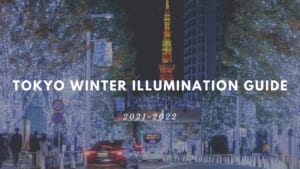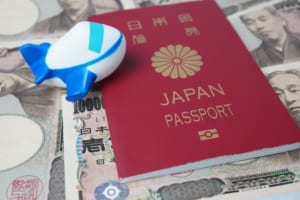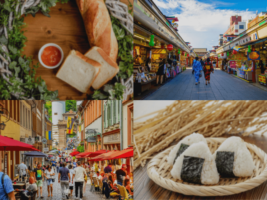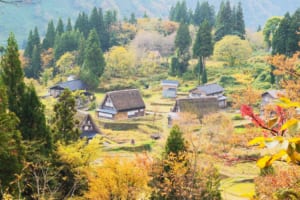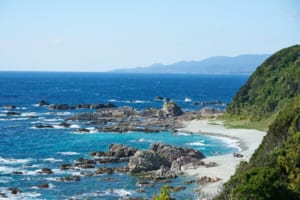10 Interesting Cultural Differences between Japan and America
Japan and The US: Cultural Differences you will notice when living in Japan
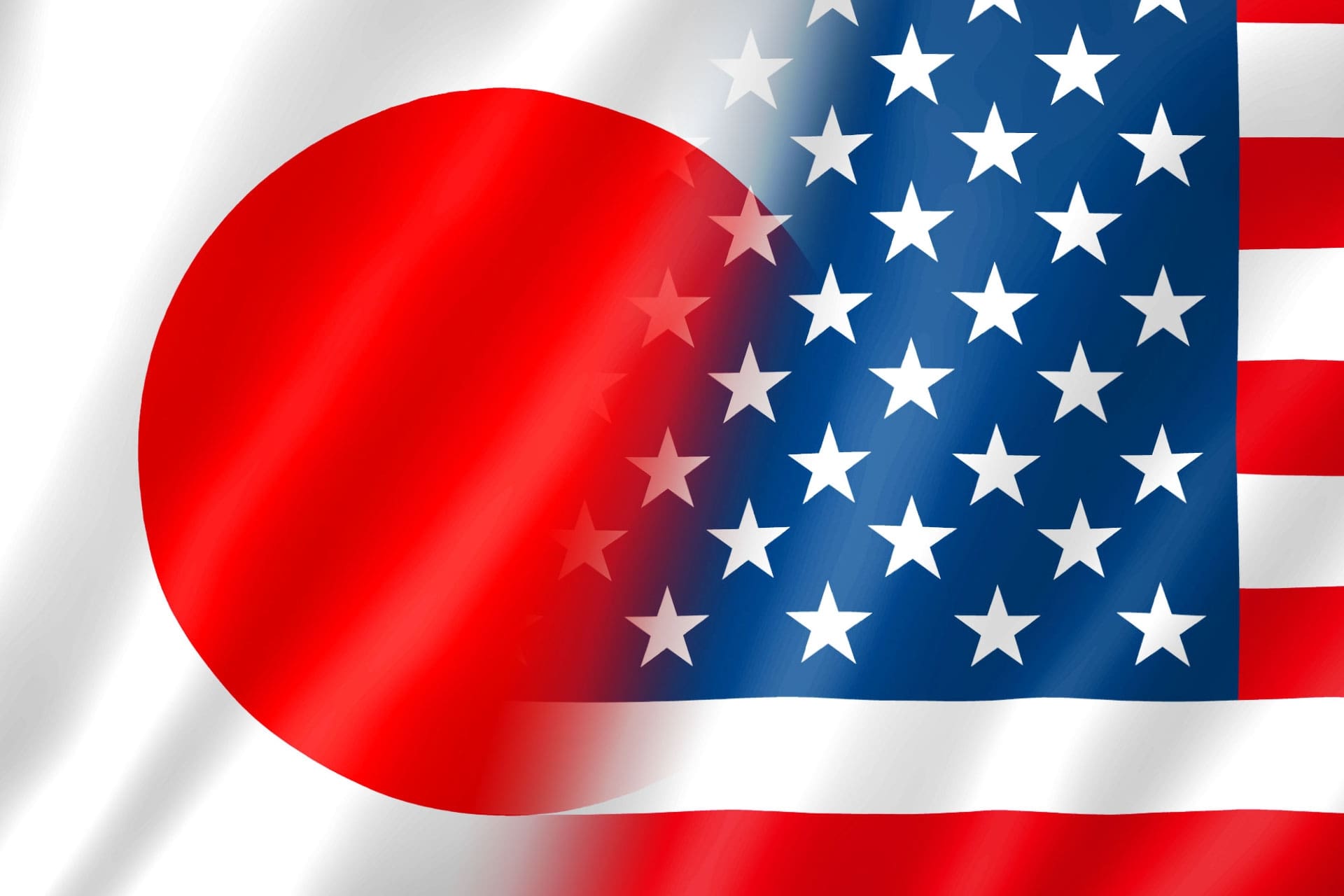
America and Japan are two countries on opposite sides of the world, each with its own unique history and way of life. It is therefore unsurprising that there are some similarities but many differences. But what are the most interesting ones? In this article, I have picked 1o interesting cultural differences between Japan and the U.S.
*Please note that this article contains affiliate links.
1. Christmas
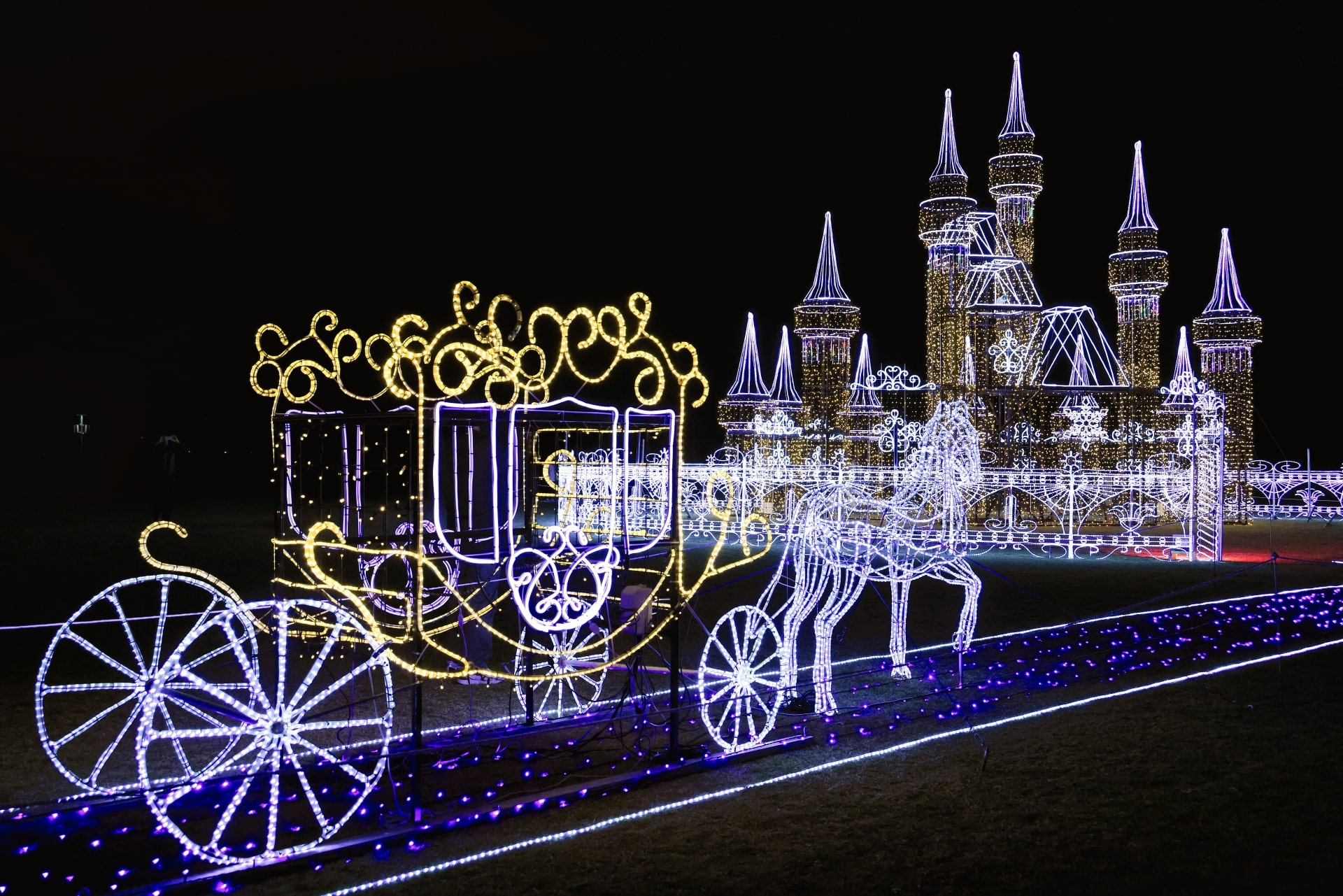
Although Christmas is also celebrated in Japan, it is very different from Christmas in America. You might see similar decorations: snowmen, reindeer, Santa, etc., but this holiday is really one for couples and friends rather than family. Family time is reserved for the New Year. In fact, Christmas in Japan is one of the most romantic days of the year. It’s the season for illumination shows, where you will no doubt spot numerous couples on romantic dates. The most interesting difference about Christmas in Japan is the tradition of eating KFC (the very same Kentucky Fried Chicken) on Christmas. This, as with most modern traditions, stems from a 1970s marketing campaign – a campaign that turned out to be as successful as the Coca-Cola Santa.
2. Pizza

Pizza is both a similarity and a difference between Japan and America. Pizza is as beloved in Japan as it is in America. There is Domino’s, Pizza Hut, and Pizza-La, Japan’s homegrown version of fast food pizza. However, one big divergence from America is that Italian-style pizza is more popular in Japan than American-style fast food pizza. Not many people in Japan will know the difference between Chicago style and New York style pizza, but even my local (not so fancy) grocery store carries a pre-made Milanese style crust and a Naples style crust. Aside from the fast food chains mentioned, “pizza” in Japan will mean something closer to fresh mozzarella and prosciutto. In Japan, Italian-style pizza is king.
3. Leisure wear

As land of the salaryman (and increasingly, the salarywoman), perhaps it is unsurprising that Japanese work wear is noticeably more formal than its American counterpart. An interesting difference between Japan and America is that leisure wear is even more different. You won’t see many workout tanks and Lululemon tights on the streets of Tokyo. Sneakers are extremely popular, but they are usually styled with an impeccably put-together outfit. Even at morning drop offs at school, you will see parents frazzled just like they are anywhere else, but still very well-dressed. In terms of presentation (though maybe not style), leisure wear in Tokyo is closer to Paris than Los Angeles.
4. Digitization
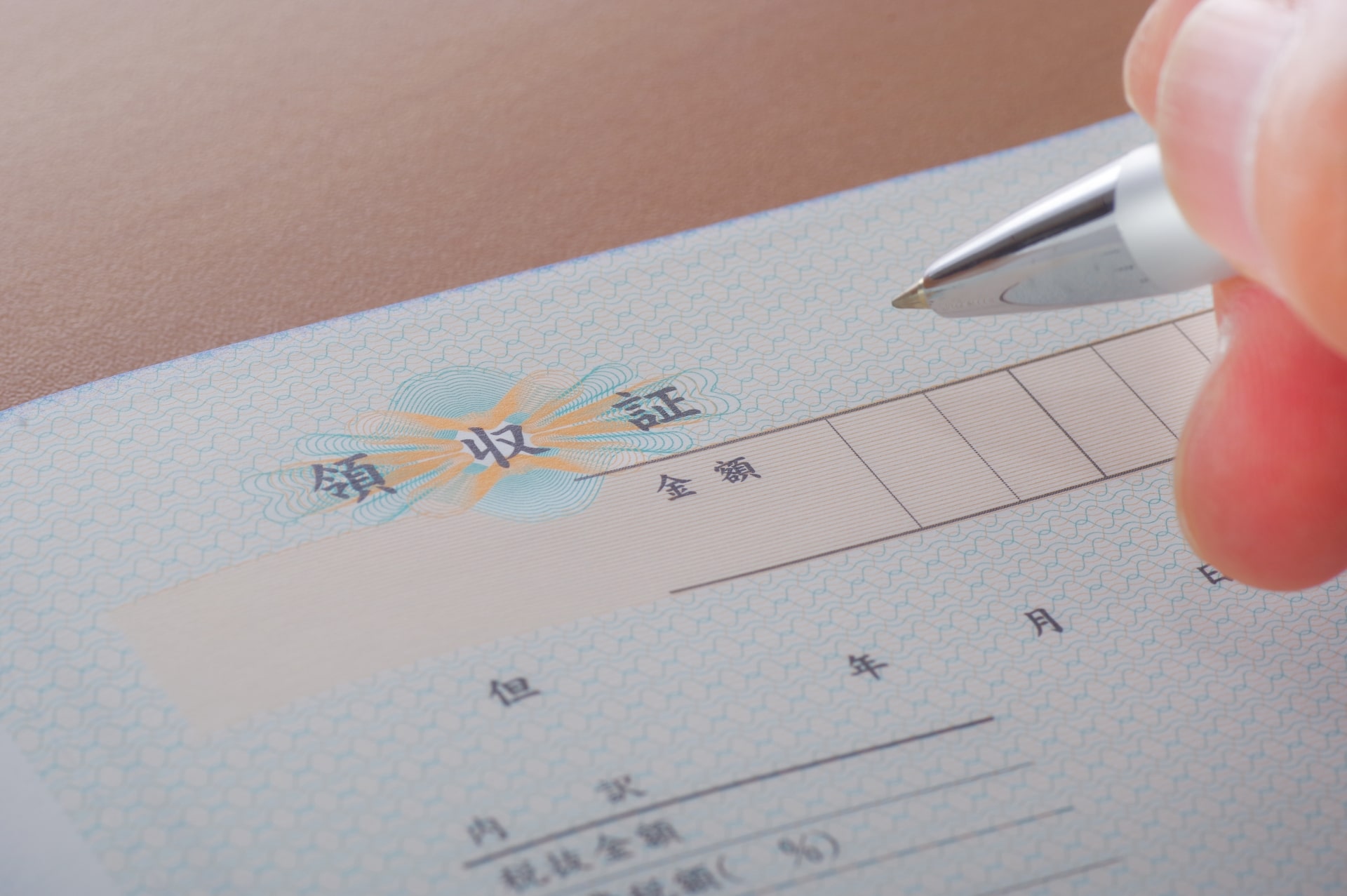
Since Japan is one of the most technologically advanced nations in the world, you might be surprised at the pervasiveness of paper forms here compared to the U.S.. One reason for this is because Japan still uses the personal seal instead of signatures. The seal, called hanko, is your personal mark – so much so that if you lose yours, you might have to get a replacement from the same maker to ensure that it is identical to the original and will thus be accepted. Needless to say, there is no hanko equivalent of an electronic signature. The lack of digitization is especially apparent in the area of medical records. Because medical records are not digitized, they are also not centralized, so if you use different providers, be sure to keep track of your own paper records! This is one big difference between Japan and America.
5. Medical providers
An important difference between Japan and American is in the arena of healthcare. In America, big hospital systems are the mainstream norm. Even relatively small hospitals will have a number of specialized departments. There are far more small clinics in Japan than in the U.S. It is common for some of these clinics to be run by a single physician. This is true both for general medicine and for more specialized practices such as pediatrics and dermatology. There are many reasons for this, but one obvious one is that Japanese doctors are simply not compensated very much for the long hours they work in big hospital systems.
6. Baby Strollers
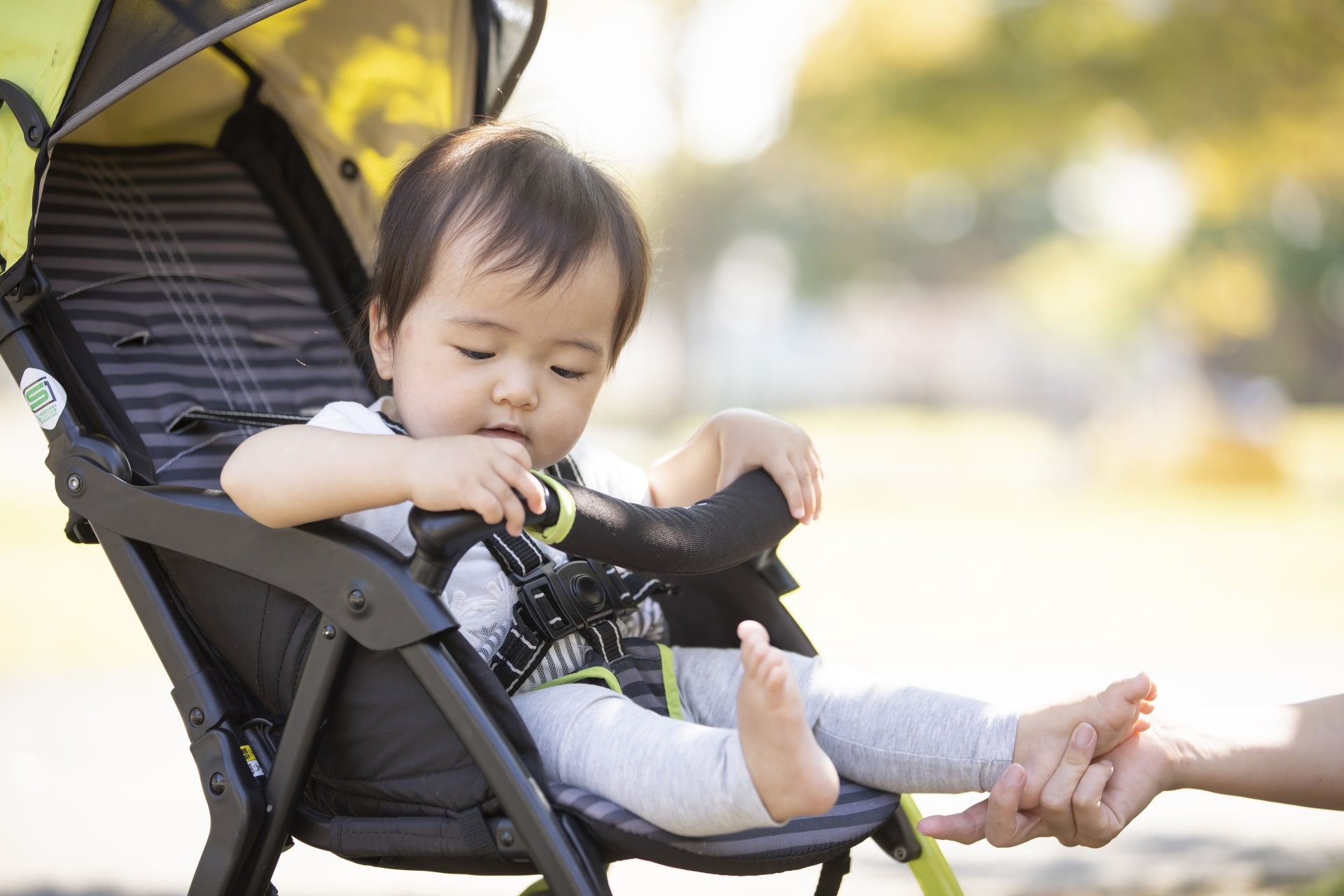
America, with all its space, is a place where even the baby strollers are massive. Japan, between its strong tradition of baby-carrying and its relative lack of space, rules in the compact stroller department. Put simply, you might have to get a more compact stroller if you move from the U.S. to Japan. While a city like Tokyo is decently equipped with elevators, especially in its metro stations, that doesn’t mean an American-sized stroller will necessarily fit inside the elevators or on the streets. For this reason, the most popular strollers in Japan tend to be the most portable and lightweight ones.
7. Eating on the run
In the land of time is money, eating on the run is not only acceptable but a sign of productivity. In America, you eat on your way to work, you eat in the office, and you eat (and drink coffee) on walks. This is not so in Japan, where eating on the move is a big faux pas. It is so built into the social etiquette that even children do not eat while walking. Convenience stores, which are famous for providing on-the-go meals and snacks, usually have a sitting or standing area in front of the store where you can stand and eat before continuing on your way.
8. Childhood Independence
Have you seen the show “Old Enough!” (or “My First Errand” in Japanese)? The show films various toddlers running errands on their own in Japan. In real life too, you will see kids as young as six or seven walking on their own to and from school. This is true both in rural and urban areas. Japanese culture values kids learning independence from an early age. Japanese daycares will teach even very young toddlers how to dress themselves and feed themselves using utensils. For older kids, this takes the form of going to school by themselves. Of course, childhood independence is possible in Japan because it is one of the safest countries in the world.
9. UV Love

A big difference between Japan and America is the culture surrounding sun exposure. As soon as warm weather arrives in America, there will be people basking in the sun at the beach, at the park, and even on their own balconies. As soon as warm weather arrives in Japan, a plethora of sun protection products arrive in the stores: arm sleeves, enormous visors, and parasols. The sun is intense in Japan, and the summer heat exacerbates that intensity. As a result, people are very careful about receiving too much sun exposure. Another reason is the traditional cultural preference for fair skin. While tanning is a pastime in America, the avoidance of tanning is its Japanese equivalent.
10. Bicycles vs. (Big) Cars
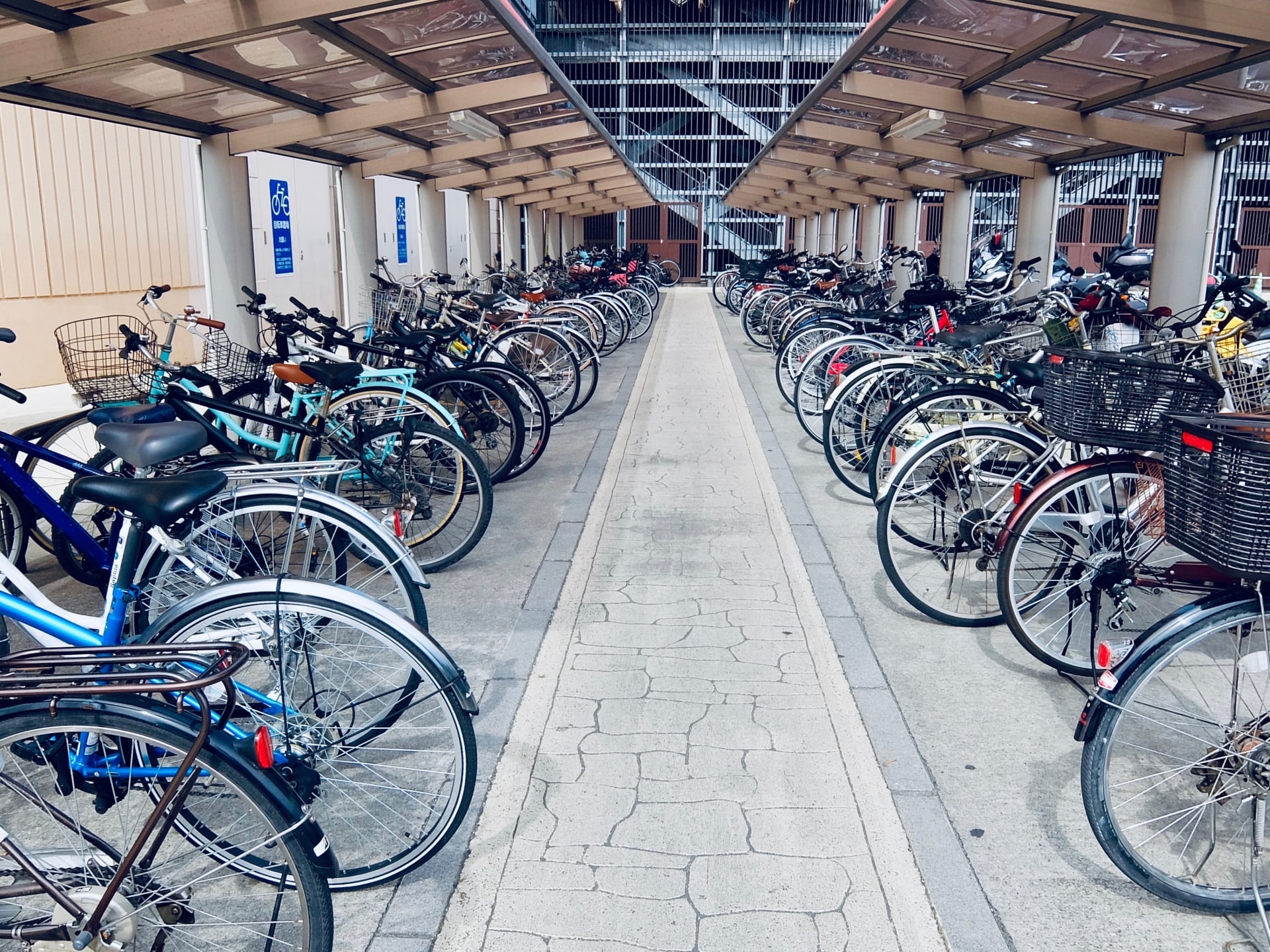
Many urban areas in American are enjoying an emergence (or revival) of bicycle transportation. In Japan, transportation by bicycle never became obsolete. Compared to 20 or 30 years ago, the only difference is that now, most Japanese bicycles are electrically assisted. Everyone, from elementary school students to seniors, ride bicycles. In a large city such as Tokyo, this is the most efficient mode of transportation – faster even than car if you are going a short distance, and definitely less expensive. Sure, there are big SUVs, but the Japanese infrastructure is simply not designed for large vehicles: they get stuck in narrow streets and fail to fit in parking spaces. The dominance of bicycles is an interesting difference between Japan and America.
Are you considering moving to Japan?
If you are moving to or looking for a place to live in Japan, Living Japan offers useful services to make the transition as easy as possible. Visit the website to make the purchase/renting experience an easy and comfortable one. You can inquire about properties listed on other real estate websites such as SUUMO and HOME’S. You can get everything done online (from room searching, room tours, and even contract procedures). Living Japan also offers to help you set up utilities such as electricity, gas, and water.
Their website is available in English, Chinese, and Korean. They also have customer service in these languages.
▶Official Website: https://www.livingjapan.com/
▽Subscribe to our free news magazine!▽
I hope you found this article interesting! As two countries of different sizes and on opposite ends of the world, America and Japan are bound to have interesting differences. These are my picks for 10 differences between Japan and America. If you would like to read more about life in Japan, check out the following articles for more info.
▽Related Articles▽
▼Editor’s Picks▼
Written by





